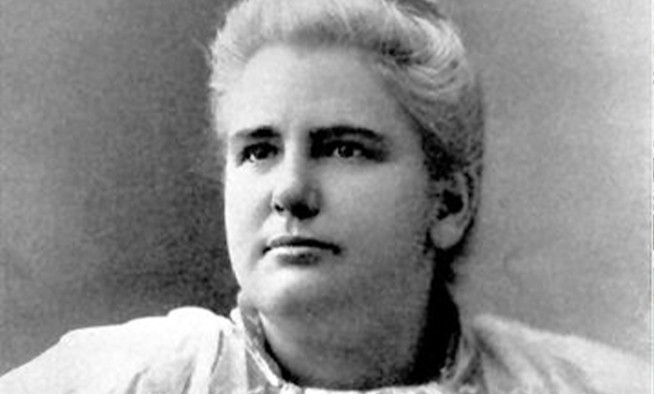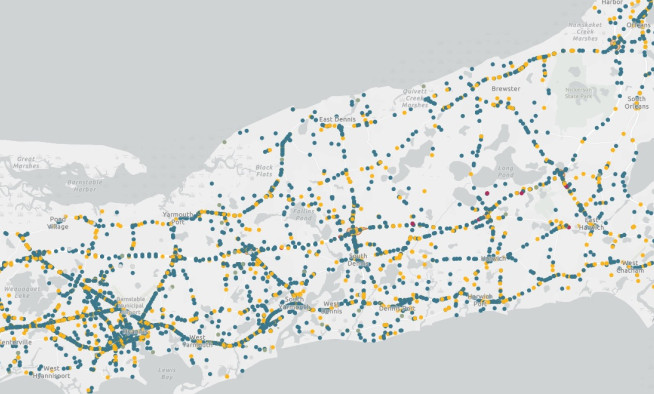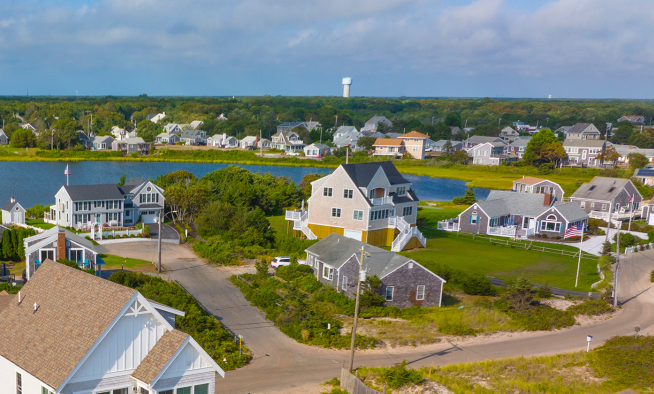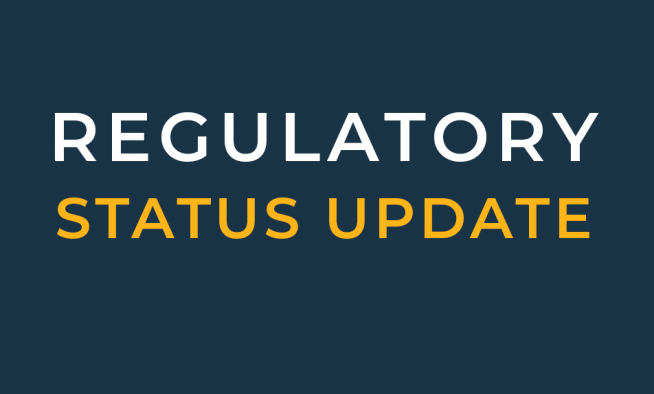Water conservation is necessary during critical drought conditions
In late August, Energy and Environmental Affairs Secretary Beth Card declared that the Cape Cod region is experiencing a critical Level-3 drought.
"Massachusetts continues to experience drought conditions in all regions of the state, which is not only depleting public water supplies, but is also elevating the risk of wildland fires," said Energy and Environmental Affairs Secretary Beth Card. "It is critical that we all practice water conservation methods and adhere to local requirements to decrease the stress on our water systems and ensure essential needs, such as drinking water, habitats, and fire suppression, are being met."
A confluence of natural and human causes leads to drought conditions. The weather became warmer in May and June. As leaves appear, plants pull more water from the aquifer and the soil. The peak season for visitors adds to the demand on the water supply. Limited late spring and early summer rainfall plunged us into historically low precipitation levels. This July was the driest on record since 1893, as measured at the Hyannis weather station. July and August temperatures were several degrees above normal, leading to increased evaporation from Cape Cod’s streams, ponds, and lakes.
A significant amount of rainfall is needed to get back to average for this time of year.
Will the drought impact our drinking water supply?
Cape Cod's drinking water comes from the six lenses of the Cape Cod Aquifer. About 11 billion gallons are pumped annually by public water suppliers - that's only 10% of the water recharged by rainfall in an average year.
The aquifer is over 100 feet thick in many areas, and the range between historic high and low groundwater levels is generally no more than 5-6 feet. Impacts on wells used for irrigation or drinking water and groundwater-fed surface water resources such as ponds, streams, wetlands, and vernal pools long before there would be concerns about the aquifer itself going dry.
As the water table level goes down, less groundwater feeds into the ponds, lakes, streams, and wetlands connected to the aquifer. When the water level becomes low enough, some of these resources may go dry, causing certain types of wildlife habitats to shrink or even disappear.
Groundwater wells are similarly impacted by decreasing water levels, as pumping equipment has to work harder to withdraw water from the well, and wells can go dry if the water table drops below the bottom of the well screen. Private wells are generally shallower than public supply wells and so may be affected first during extended drought periods. The State has information and resources for private wells during a drought.
Conservation for long-term sustainability
When in a level 3 drought, residents are strongly encouraged to stop all non-essential outdoor watering and minimize overall water use.
Many public water suppliers on Cape Cod are required to institute water use conservation measures as part of their Water Management Act permits with MassDEP. Those permits also stipulate how much water can be withdrawn from individual wells over given periods. The withdrawal allocations and required institution of conservation measures are designed to preserve the long-term sustainability of the sole-source aquifer.
Any withdrawal from the aquifer, including unregulated private wells, will continue to draw down the water level and put additional strain on public water supply systems.
Conserving water now will help to reduce water use to ensure that water is available for drinking and fire protection, habitats have enough water to support their natural functions, and to sustain the long-term availability of water supplies.
Related Posts




